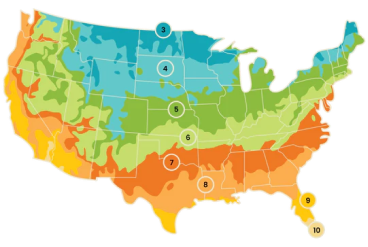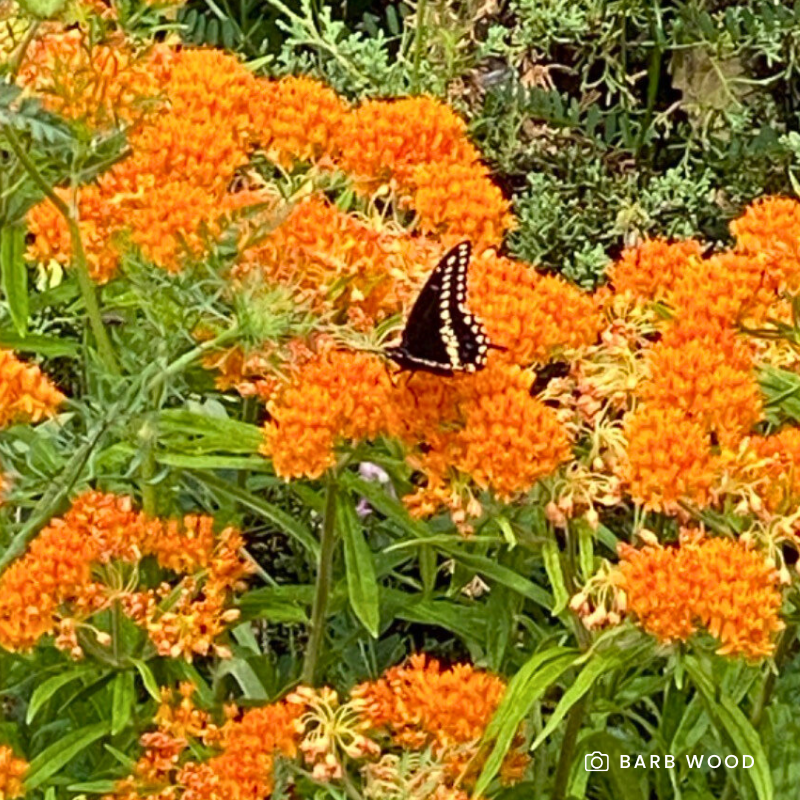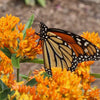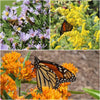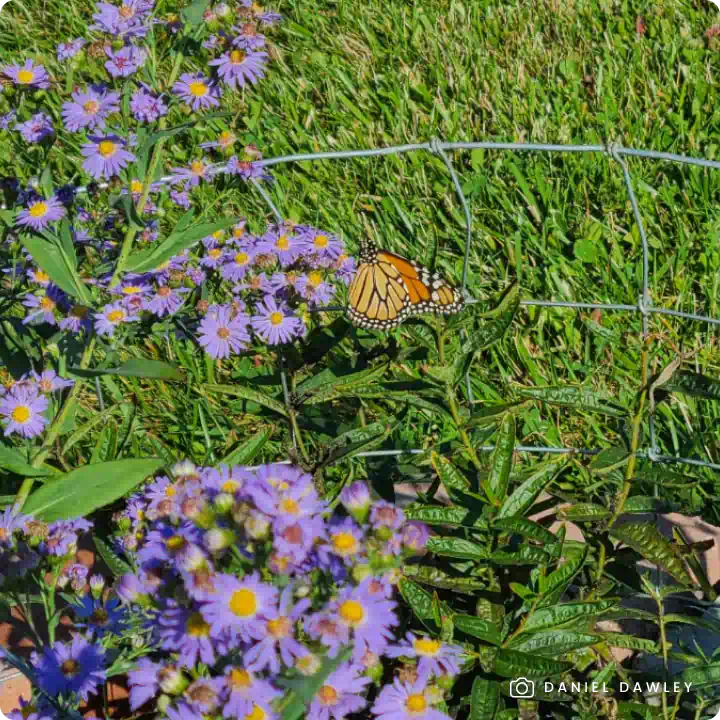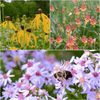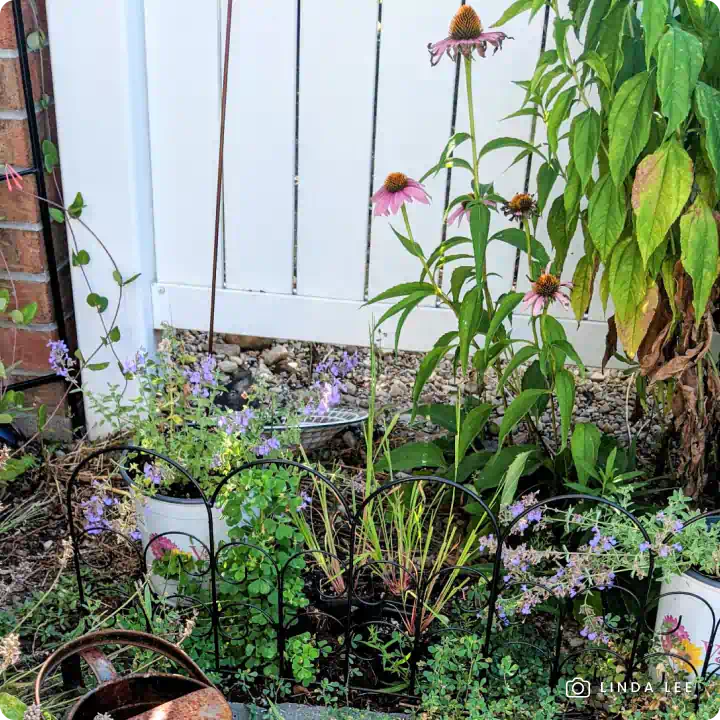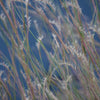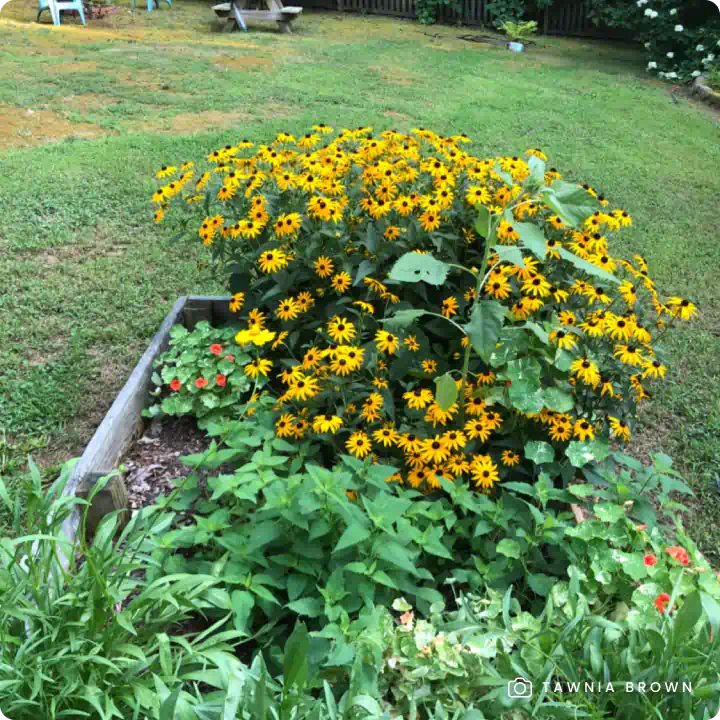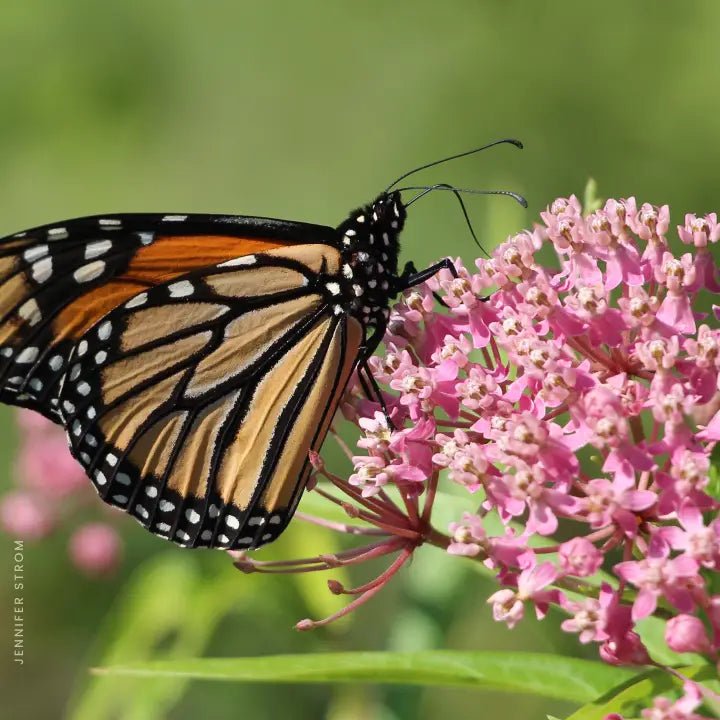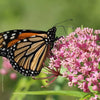Golden Alexander (Zizia aurea) is one of the first plants to bloom in spring, brightening your garden with brilliant golden-yellow, three to four-inch-wide umbels that last for several weeks. This easy-to-grow, low-growing perennial not only adds vibrant color to your early-season landscape but also plays a crucial role in supporting pollinators. As a host plant for Black Swallowtail and Ozark Swallowtail caterpillars, it's a must-have for your butterfly garden.
Key Benefits:
- Early Blooms: One of the first plants to bloom in spring, Golden Alexander provides essential early-season nectar for pollinators when few other plants are flowering.
- Pollinator-Friendly: The bright golden umbels attract bees, butterflies, and other beneficial insects, providing a rich nectar source from early spring to late summer.
- Host Plant for Swallowtails: A vital host plant for Black Swallowtail and Ozark Swallowtail caterpillars, supporting their lifecycle and contributing to a thriving butterfly habitat.
- Low Maintenance: This hardy perennial returns each year with minimal care, requiring less water once established and thriving without chemical treatments.
- Eco-Friendly: Grown non-GMO and free of harmful neonicotinoids, promoting a healthy environment for pollinators and the planet.
Why Choose Golden Alexander?
Golden Alexander is not only a stunning early bloomer but also a powerful pollinator magnet. Its adaptability and resilience make it perfect for any garden, providing long-lasting blooms and essential resources for pollinators and wildlife. Whether you're looking to support butterflies or simply add an early splash of color, this native plant is a versatile and sustainable choice for your landscape.
Planting and Maintenance Tips:
- Location: Prefers full sun to part shade in well-drained soil.
- Watering: Water regularly during the first growing season to establish deep roots. Once established, the plant requires less water.
- Maintenance: Minimal care required. There's no need to deadhead the flowers, as allowing them to go to seed provides a valuable food source for birds. Leaving the stems standing in the fall offers overwintering sites for beneficial insects. If desired, cut back the stems in late spring after pollinators have emerged.
For more information on planting, view our How to Plant Your Native Plants guide and other planting tips in the Garden for Wildlife Learning Center.
Available in sets of three, six, or 12 plants to fit any garden size.





















